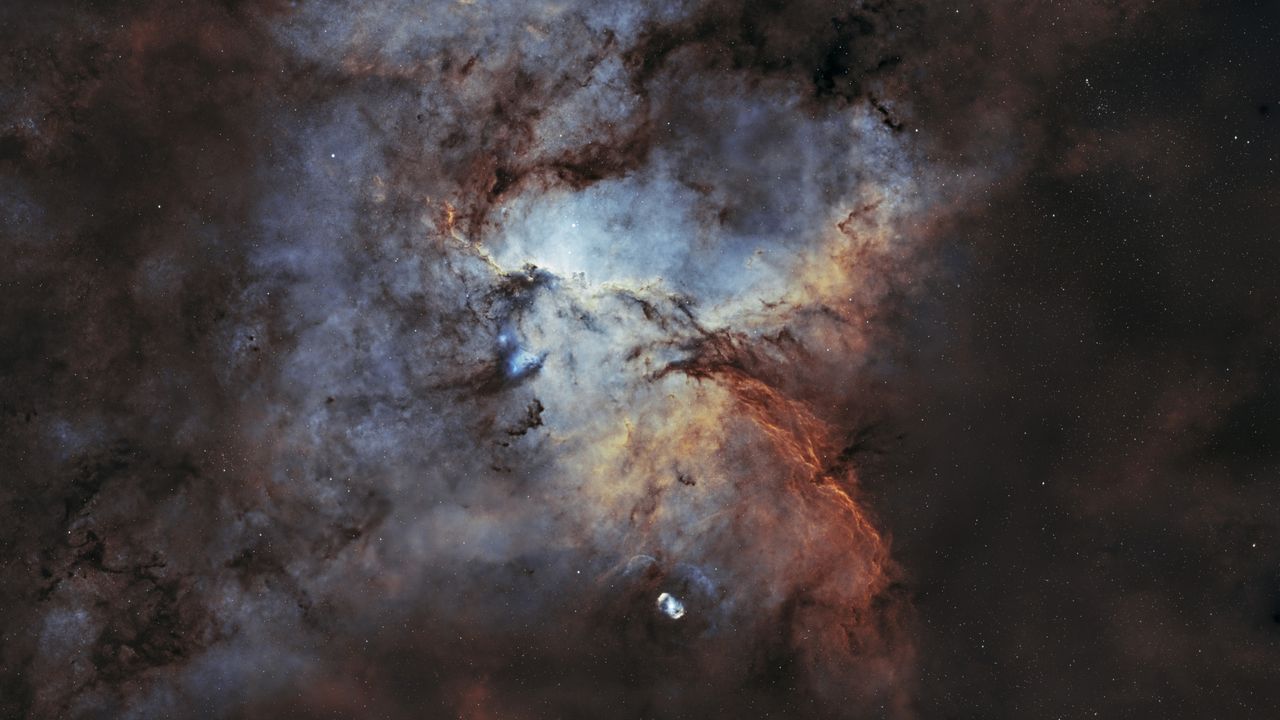Now Reading: Amateur Astrophotographer Captures Stunning Nebula Trio from Central Australian Desert
-
01
Amateur Astrophotographer Captures Stunning Nebula Trio from Central Australian Desert
Amateur Astrophotographer Captures Stunning Nebula Trio from Central Australian Desert

Quick Summary
- Amateur astrophotographer Tim Henderson, a wildlife conservationist, captured stunning images of nebulae in the Central Australian Desert.
- Using an Askar SQA55 scope paired with a high-end astronomy camera and mount, Henderson imaged the Carina Nebula, emission nebulas NGC 6188 (nicknamed “the Dragons of Ara”) and Sh2-1 (Sharpless 1).
- henderson’s work involved multiple long exposures: 50×240 seconds for NGC 6188 and 50×60 seconds for the Carina Nebula.
- Notable features include detailed filament patterns in NGC 6188 located ~4,000 light-years away on the Milky Way’s southern constellation Ara. The carina Nebula (~7,500 light-years away) appears as a stellar nursery containing massive stars ionizing surrounding gases.
- Sharpless 1’s intricate cloud structures were revealed near Scorpius’ star Pi Scorpii (+2.8 magnitude).
- Low light pollution and consistent clear skies allowed Henderson to refine his astrophotography from basic DSLR setups to more advanced equipment over two years.
Indian Opinion analysis
Tim Henderson’s advanced astrophotography highlights global interest in capturing space phenomena while demonstrating how pristine locations like Australia’s deserts provide unique advantages due to minimal light pollution-a condition increasingly rare worldwide due to urbanization.
As India progresses technologically in space research through agencies such as ISRO and growing civilian interest in astronomy, there is potential for enthusiasts within India to explore comparable rural areas with low sky obstruction-such as regions around Ladakh or other high-altitude terrain-to advance domestic astrophotography efforts. Further democratizing access via affordable tech could inspire broader participation among citizens interested in celestial studies.
such endeavors can also nurture appreciation for science and environmental conservation by intertwining astronomy with preserving natural dark sky habitats similar to what Tim Henderson achieved near his wildlife station.Read More























